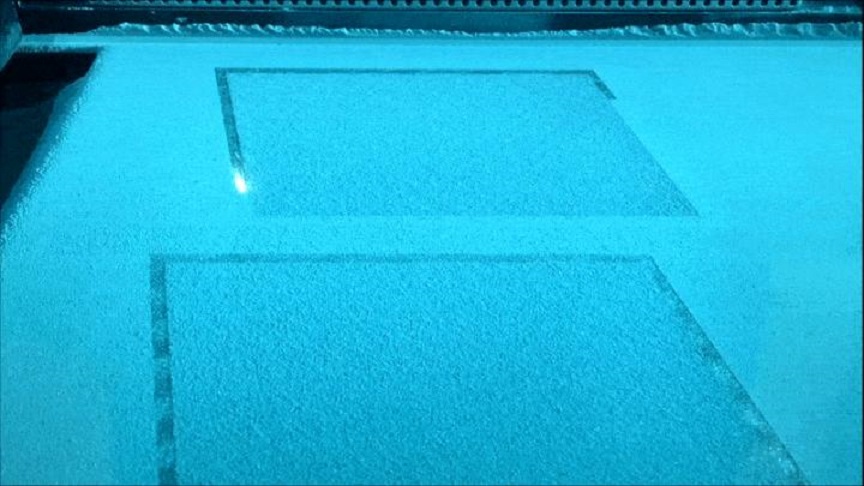
Additive manufacturing (AM) researchers at the University of Pittsburgh’s Swanson School of Engineering and simulation software company ANSYS have received an Early Stage Innovations (ESI) grant from NASA’s Space Technology Research Grants Program. ESI grants promote innovative, early stage technologies that address the needs of the country’s space program. The Pitt team’s three-year, US$500,000 award entitled ‘Prediction of Microstructure Evolution in DMLM (Direct Material Laser Melting) processed Inconel 718 with Part Scale Simulation’ was funded in the modeling and simulation-based certification of additive manufacturing processing parameters category. ‘Additive manufacturing now allows us to produce complex metal components that are strong enough to replace machined parts in mechanical applications,’ said Dr Albert To, associate professor of mechanical engineering and materials science and director of the ANSYS Additive Manufacturing Research Laboratory. ‘However, because of the process parameters and materials used in AM, the microstructure within a part or between different parts can vary widely. Thanks to NASA, our research will focus on developing a new simulation tool to predict the microstructure evolution and stability of Inconel 718, a common nickel superalloy used in laser-based AM in industry.’
Structural components The research team’s proposal noted that NASA is interested in improving the performance of structural components for high-temperature applications such as jet engine parts, where both creep and strength are critical and need to be anticipated. ‘Currently, the only way to certify an AM part for space missions is to perform extensive microstructure and property characterization experiments on it, which is both time-consuming and expensive,’ David Conover, chief technologist for mechanical products at ANSYS, said. ‘The outcome of this research will potentially enable simulation-based certification of both AM parts and substantially lower the expense of certification.’
This story is reprinted from material from Swanson School of Engineering, with editorial changes made by Materials Today. The views expressed in this article do not necessarily represent those of Elsevier.


